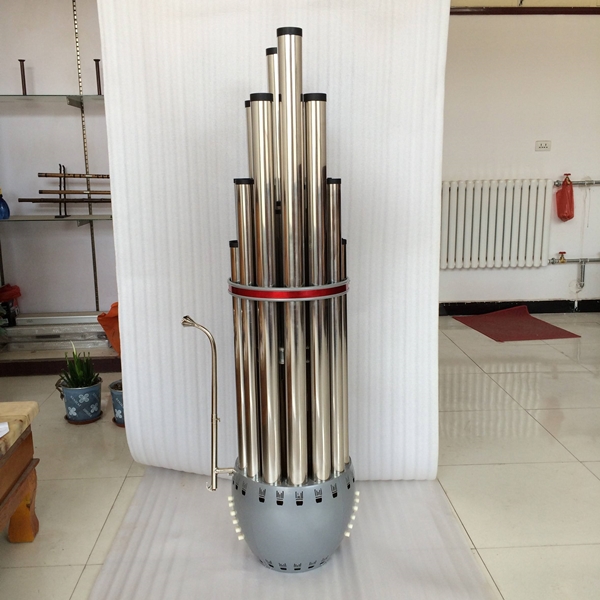The number of reeds of the bass sheng
Bass sheng, a kind of sheng, the most commonly used traditional sheng is 17 springs. After the liberation, new varieties such as amplifying sheng, plus key sheng, turntable sheng, low-pitched sheng and row sheng were successfully trial-produced, with a variety of reeds.

The number of reeds of the bass sheng has been increased from 13 and 14 to 21, 24, 26, 27, 32, 36 and 51, thus overcoming the shortcomings of not wide range, inability to transpose and inconvenient to play fast. Brings new vitality to Sheng. Sheng performer Hu Tianquan draws on Western and folk musical instruments, and uses the principle of resonance between the pipe and the sound of the sheng and miao to expand the sound range and improve the sound quality and volume of the sheng. In 1979, he successfully reformed the Bawu Sheng. In the sonorous and melodious tones of the Sheng, it wonderfully played a soft and melodious Bawu sound.
In addition, new varieties such as 36-reed alto Baosheng, 24-reed bass Baosheng, Paisheng and keyboard Paisheng have been successfully reformed. The tenor holding sheng is similar to the round sheng, but it is large and needs to be played on the lap. The bass sheng should be played on a wooden frame. Paisheng is a desktop, the sound of the sheng pipe is controlled by the buttons, and a bellows with foot steps is attached to assist the drumming, which can be played for a long time without interruption. The keyboard arrangement of sheng is based on the pronunciation principle of sheng and reed, combined with the reform of the keyboard device of the organ. It has 51 keys, four groups of sound ranges, and the finger skills are the same as those of the organ. Sheng and Fang Sheng are more convenient. These reformed large-scale sheng are used for national band ensembles or to accompany drama, song and dance.
 渝公网安备 50010702504639号
渝公网安备 50010702504639号